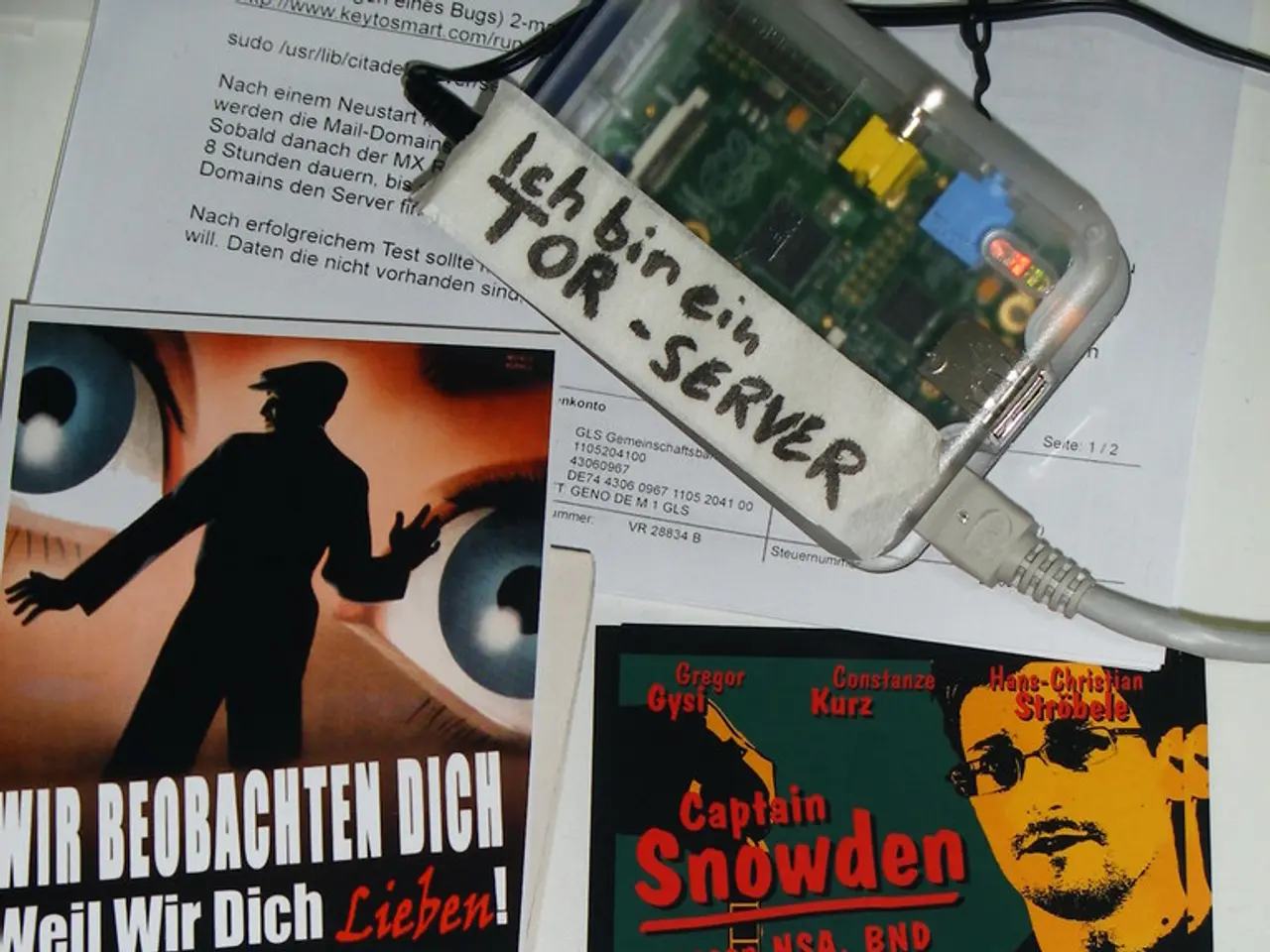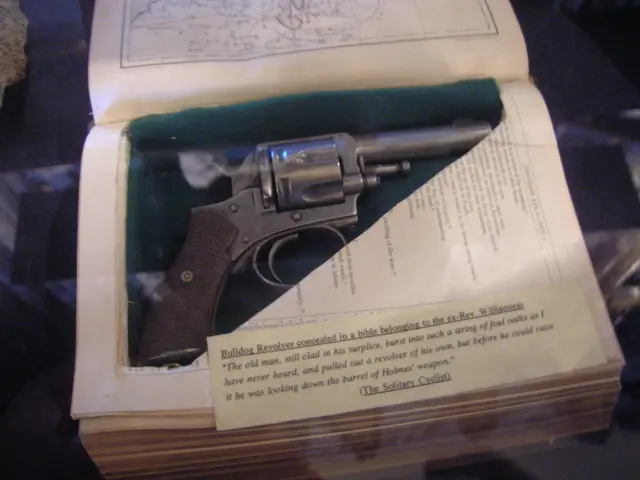Unveiling Intel's 386 CPU's engineering masterpiece: A CT scan delves into the past, exposing detailed pin layouts, concealed power networks, and various other components.
Unveiling the Intel 386 CPU: A Journey into Miniature Engineering
The Intel 386 CPU, a pioneer in the world of personal computing, has been meticulously explored by Ken Shirriff using advanced 3-D industrial computed tomography (CT) scanning technology. This non-destructive imaging technique provided a detailed, high-resolution look at the CPU’s internal structure, revealing six layers of intricate wiring, including signal and power/ground layers, gold-plated pin contacts, bond wires, hidden side wires for electroplating, and the silicon die itself.
At the heart of the CPU, the silicon die features bond pads spaced about a quarter of a millimeter apart. These pads are connected to the outside world via 35 μm thick gold bond wires, acting as microscopic suspension bridges between the die's pads and the package's internal routing. The CT imaging allowed Shirriff to map these connections, with some routing directly to I/O pads and others buried deep into the power and logic supply network.
The package itself is essentially a six-layer circuit board in miniature, with two internal layers carrying signals and four dedicated copper planes delivering power and ground. The "single-row double-shelf" bonding method used in the Intel 386's packaging allowed for maximum connectivity in a compact footprint. This innovation was crucial for enabling modern computing's performance leaps, as it paved the way for high pin counts and advanced packaging.
One intriguing finding is that one NC pin in the 386 CPU is actually connected to the die and functions as an output. Most of the NC pads inside the die are nearly connected, hinting at a complex internal structure that was carefully designed to navigate the CPU's complex logic.
The CT scan also revealed a bright patch of silver-filled epoxy beneath the silicon die, which pulls heat away from the chip and provides a direct, low-resistance ground connection. Power layers in the design are almost solid sheets of copper, delivering clean, steady power and ground to the chip.
The pins on the bottom of the Intel 386 CPU are spaced 2.54 millimeters apart, while the package's bond pads are tightly packed, with features about 1 micrometer wide. The scan produced a 3D model of the Intel 386 CPU, revealing a halo of gold bond wires. The CT scanner produced hundreds of razor-thin X-ray slices, which were stitched into the 3D model, providing a virtual "peeling back" of the chip’s layers and revealing the internal architecture and packaging innovations of the Intel 386 processor in remarkable detail without any physical dissection.
In essence, Shirriff's exploration of the Intel 386 CPU using a CT scanner without the need for a screwdriver or desoldering gun offers a fascinating glimpse into the miniature engineering that made modern computing possible.
References 1. Shirriff, K. (2016). Inside the Intel 386 CPU: A CT scan reveals the CPU's internal architecture. Retrieved from https://drmolden.wordpress.com/2016/01/14/inside-the-intel-386-cpu-a-ct-scan-reveals-the-cpus-internal-architecture/ 2. Shirriff, K. (2016). Exploring the Intel 386 CPU with a CT scanner: Part 2 - Power and ground. Retrieved from https://drmolden.wordpress.com/2016/02/24/exploring-the-intel-386-cpu-with-a-ct-scanner-part-2-power-and-ground/ 3. Shirriff, K. (2016). Exploring the Intel 386 CPU with a CT scanner: Part 3 - The die. Retrieved from https://drmolden.wordpress.com/2016/03/23/exploring-the-intel-386-cpu-with-a-ct-scanner-part-3-the-die/ 4. Shirriff, K. (2016). Exploring the Intel 386 CPU with a CT scanner: Part 4 - The package. Retrieved from https://drmolden.wordpress.com/2016/04/03/exploring-the-intel-386-cpu-with-a-ct-scanner-part-4-the-package/








